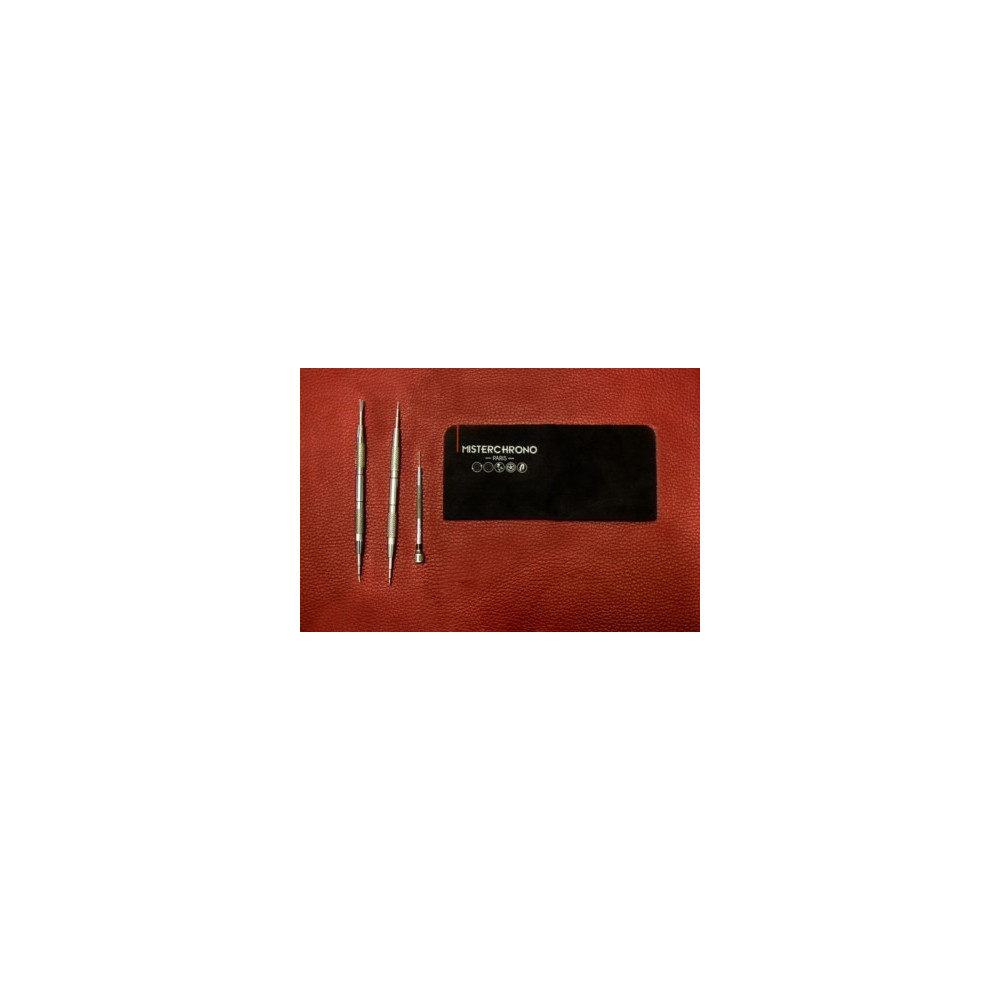Watchwinders, a vast field in the world of watchmaking.

Beaucoup dirons que le remontoir ne présente aucun intérêt et est même dangereux pour le mécanisme de la montre mais que nenni…
A lot of people will say that winders make no sense and are also damaging to the movements of watches, but absolutely not. Automatic watches are made to be worn and designed to keep moving.
The more you wear your watch the more it will operate smoothly and durably. The problem starts when you possess many timepieces yet only have 2 arms... This is when a watchwinder allows you to save time in the mornings (especially by not having to set the time and change the date), but also helps to maintain the longevity of your timepiece.
In fact winders mimic the movements of your wrist, by rotating and resting in alternating cycles, and thus will keep your automatic watches moving to maintain their power reserve (usually at between 20-30% of the full power reserve when using a watchwinder). Furthermore, the rotation and rest cycles are fully programmable for most of the watchwinders available on the market. This allows the oils and lubricants in the movement to flow and move about which improves their lubricating properties. After just 3-4 weeks of immobilisation the oils can settle and pool undesirably so the idea of a watchwinder is to keep the watch movement properly lubricated without having to wear it more than necessary or possible.
Not all watch winders are the same! There are two main types of watch winders: Winders that are belt driven and those that are gear driven. The best quality watchwinder is the type that is gear driven. The movements oscillating rotor (the counterweighted rotor that revolves with your wrist movements and provides the automatic winding power) will, on average, make between 4000 and 5000 revolutions per day when wearing your watch, and it can provide the winding power in both a clockwise and anti-clockwise rotation or in just a single direction (freewheeling in the other).
Watchwinders that are fixed and preprogrammed usually make 1900 rotations (or turns per day - TPD) 950 clockwise (CW) and 950 counter-clockwise (CCW) which is more than sufficient for many watch brands. But because some of the more widely used watch calibers (a caliber is the movement) only wind in one direction, and need less than 1000TPD (many only 650TPD) to be within the ideal 30% of their full power reserve, means that the fixed preprogrammed winders are often less suitable in which case a programmable winder is the better option, because the number of turns - TPD - and the direction of rotation (CW or CCW) are fully programmable to be more tailored to your watch.

Four factors have to be taken account when choosing a watch winder: the weight of your, watches, the caliber requirements, the frequency of wearing and the winders anti magnetic capabilities (winders contain electric motors that are essentially magnets). Obviously a heavy watch (+150 g) is best wound by a winder that can support its weight and has sufficient power to drive it (a gear driven type is the most suitable as with a belt driven device the belt can slip). A delicate and highly refined caliber will benefit most from a fully programmable winder. The frequency of wearing will dictate some of the settings of the programming and finally the winder, especially a mains electricity powered device, must have the proper anti magnetic shielding built in to prevent magnetising the movement.
For example, for a Rolex Submariner 16610 with the caliber 3135 the specific program is 650TPD in both a clockwise (CW) and counter-clockwise (CCW) direction. By contrast, for a Panerai PAM 089 Luminor GMT the rotation direction should be only CW and for only 800TPD. Thus for the Panerai 800TPD CW set on the watchwinder, or for the Rolex 650TPD CW/CCW will be enough to keep your timekeepers on time! There are many websites that provide online databases of the specific TPD and CW/CCW settings for the majority of watches, and their respective calibers, available from all the main houses.
In conclusion the main objective of a winder is to keep your watches in motion, to keep the lubricants circulating to prevent them from pooling and to maintain a minimum level of power reserve all without needing to even be wearing the watch!
Video of our selection of the day ==> ICI
